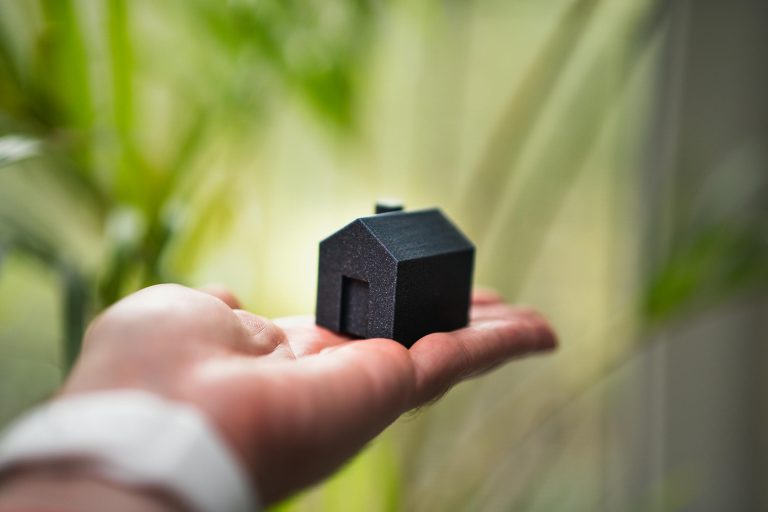Picture this: You walk into a well-designed apartment that just makes you feel at home. The layout is practical, the aesthetics pleasing, and the atmosphere inviting. By enhancing property design, you can significantly improve tenant satisfaction and retention. Design is more than just appearances; it plays a vital role in creating spaces where tenants want to stay longer.
3D visualization is a secret weapon that lets you visualize potential upgrades before any physical changes are made. Imagine being able to see exactly how a new floor plan will look or how different color schemes can transform a room. By offering a clear preview, 3D visualization helps in making informed decisions and aligns upgrades to meet tenant preferences.
Understanding the impact of thoughtful design isn’t just about aesthetics. It’s about creating a living experience that meets modern demands, fostering a cozy environment that tenants don’t want to leave. With the integration of innovative tools like 3D visualization, your property can become a sought-after residence that cultivates tenant loyalty.
Why Tenant Retention Matters in Today’s Market
In today’s competitive market, keeping tenants is crucial. High retention rates can significantly impact your bottom line by saving on costly turnovers, fostering strong relationships, and addressing tenant needs proactively.
The Cost of Tenant Turnover
The financial burden of tenant turnover can be significant. Turnover costs typically include lost rental income, advertising expenses for finding new tenants, and potential renovations to attract prospective renters. Frequent turnover also demands more time and effort in managing transitions.
Additionally, high turnover rates can negatively affect property reputation. A property with known frequent vacancies might be less attractive to future tenants. This underscores the importance of retaining tenants, which can lead to more stable revenue streams and a solid community within your property.
Building Long-Term Relationships
Cultivating long-term relationships with tenants can lead to increased satisfaction and loyalty. When tenants feel valued and appreciated, they are more likely to renew their leases. This involves regular communication, prompt responses to maintenance requests, and creating a supportive living environment.
Long-term tenants often contribute positively to the community, fostering a sense of belonging. They are more likely to recommend your property to friends and become advocates, further reducing turnover-related marketing efforts. It becomes a mutually beneficial relationship where you both enjoy stability and satisfaction.
Understanding Tenant Needs
Recognizing and addressing the specific needs of your tenants can greatly enhance retention. Listening to feedback and implementing requested features or services is key. Tenants feel more valued when their opinions are considered, and seeing tangible changes can increase their satisfaction.
Offering amenities that align with modern lifestyles can make a difference. Flexible workspaces, quality maintenance, and improved security measures are popular among renters. By keeping abreast of these needs and expectations, you create an environment where tenants want to stay longer.
Design Strategies to Keep Tenants Happy
In the competitive property market, thoughtful design upgrades can significantly enhance tenant satisfaction and retention. Enhancing shared spaces, crafting a blend of practicality and beauty, and offering flexible, personalized environments contribute to making tenants feel valued.
Creating Inviting Common Areas
Common areas are the heart of a residential community. Design spaces that encourage social interaction and a sense of community by prioritizing comfortable seating, natural lighting, and aesthetically pleasing decor.
Adding greenery and amenities like Wi-Fi, charging stations, or a coffee bar enhances the space and tenant enjoyment, making these areas feel like extensions of their homes.
Balancing Functionality and Aesthetics
Balancing functionality with aesthetics is key in property design. Focus on layouts that maximize space while maintaining an attractive appearance. Select durable, high-quality materials and finishes that blend practicality with style. Incorporating features like ample storage, energy-efficient appliances, and modern fixtures elevates tenant comfort and satisfaction.
Personalization and Flexibility
Tenants value adaptable spaces. Offer personalization options, such as customizable wall colors or floor finishes, and flexible layouts that allow for easy reconfiguration.
Incorporating movable partitions, modular furniture, or multi-functional rooms helps tenants make spaces their own, enhancing their connection to the environment and demonstrating a commitment to their satisfaction.
How 3D Visualization Transforms Property Upgrades
3D visualization is a powerful tool that can significantly improve property upgrades. It enhances communication, accelerates decision-making, and creates clearer design concepts that align with stakeholders’ expectations.
For best results, consult an Oxford architectural visualization expert to help bring your design ideas to life. Their expertise in visualizing complex design concepts ensures that your upgrades are both practical and aesthetically pleasing. Their guidance can streamline the design process, leading to quicker decisions and better alignment with tenant needs.
Bringing Concepts to Life for Stakeholders
3D visualization allows stakeholders to fully grasp upgrades by providing a vivid, interactive walkthrough, making it easier to gain approval and align everyone’s vision. Virtual experiences of the design help stakeholders understand how elements interact, leading to quicker decisions and fewer delays.
Streamlining the Design and Approval Process
Streamlining is achieved when everyone involved has a clear view of what’s being planned. 3D visualization tackles this by providing a common framework for discussion, reducing misunderstandings. With clear visualizations, approvals can move faster as stakeholders face fewer surprises during reviews.
These tools offer the ability to test different design approaches quickly. Changes can be made effortlessly, showcasing multiple options to stakeholders without the need for lengthy redraws. This flexibility allows for rapid iterations, helping you to address feedback promptly and find the best solutions without lots of back and forth.
Enhancing Communication With Tenants
When upgrading a property, ensuring tenants are on board is crucial. 3D visualization enhances communication by providing a clear depiction of changes, reducing tenant concerns. With a tangible display, questions can be addressed in real-time, fostering trust and transparency.
By showcasing proposed changes visually, you help tenants feel involved in the process. This inclusion not only minimizes resistance but can turn them into advocates for your project. When tenants see how upgrades will benefit them, they are more likely to be supportive and patient during disruptions, contributing to a smoother renovation journey.
Maximizing Return on Investment Through Smart Design Choices
Smart design choices in property upgrades can significantly enhance tenant satisfaction while boosting your return on investment. Utilizing tools like 3D visualization helps you make informed decisions about which renovations to prioritize, reduces expensive mistakes, and elevates both the value of your property and tenant loyalty.
As you consider your property upgrades, you might wonder, “Should I hire a property manager?” A property manager can play a key role in overseeing upgrades, handling tenant communication, and ensuring that the renovations meet tenant expectations. Hiring a property manager might be a worthwhile investment if you’re looking for expert guidance throughout the renovation and tenant retention process.
Prioritizing Renovations With 3D Visualization
Getting a clear vision of potential renovations through 3D visualization allows you to assess improvements before committing. This tool enables you to visualize multiple design options, compare their impact, and decide what will truly enhance your property.
Identifying the designs that balance cost and appeal ensures that you’re investing in upgrades that will bring the highest returns and satisfaction to tenants.
Reducing Costly Mistakes
Renovations often come with unexpected surprises and costs, but using 3D models minimizes these risks. With detailed previews and simulations, you can spot potential issues before they become expensive construction problems.
This foresight means fewer changes during the build, saving both time and money. By catching errors early, adjustments can be made without derailing your budget or timeline.
Boosting Property Value and Tenant Loyalty
Strategically designed upgrades enhance property value, making it attractive not only for potential tenants but also increasing its market worth. Engaging design elements like modern layouts and efficient spaces meet today’s tenant expectations.
Happy tenants who feel their home environment caters to their needs are less likely to leave. This stability leads to lower turnover rates and reduces costs associated with finding new tenants.
Conclusion
Leveraging 3D visualization in property upgrades enhances tenant satisfaction and retention by enabling better decision-making and smoother approvals. Thoughtful design choices not only increase property value but also strengthen tenant loyalty, leading to more stable investments.
Ultimately, 3D visualization aligns improvements with modern expectations, fostering long-term relationships and maximizing returns.


